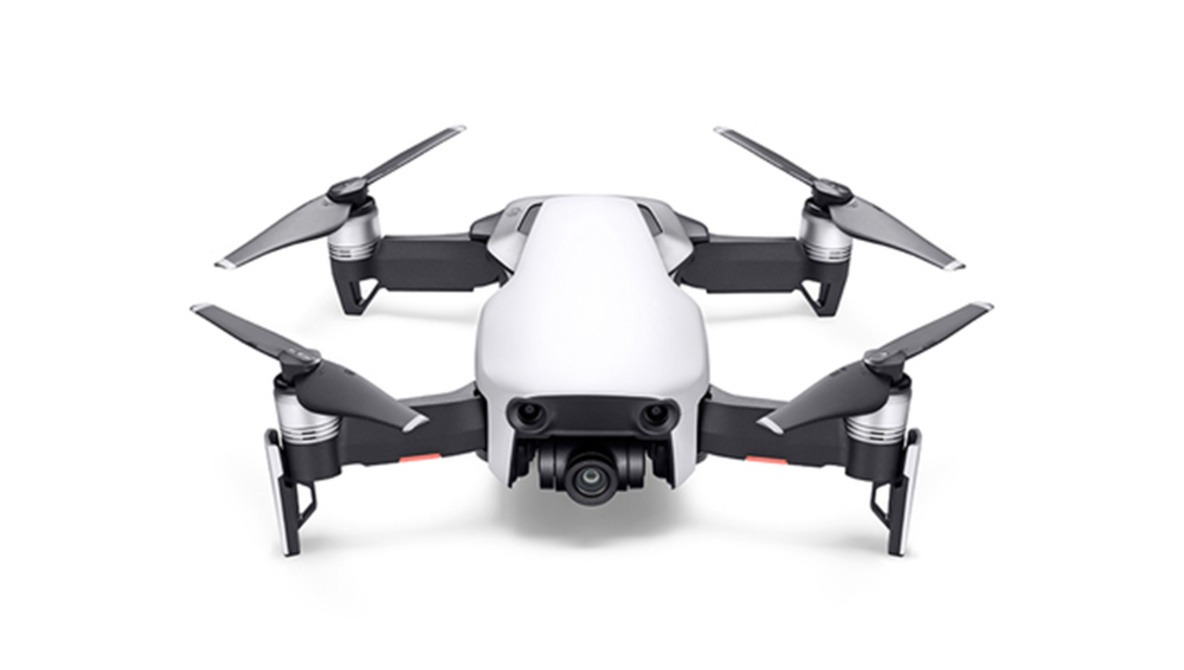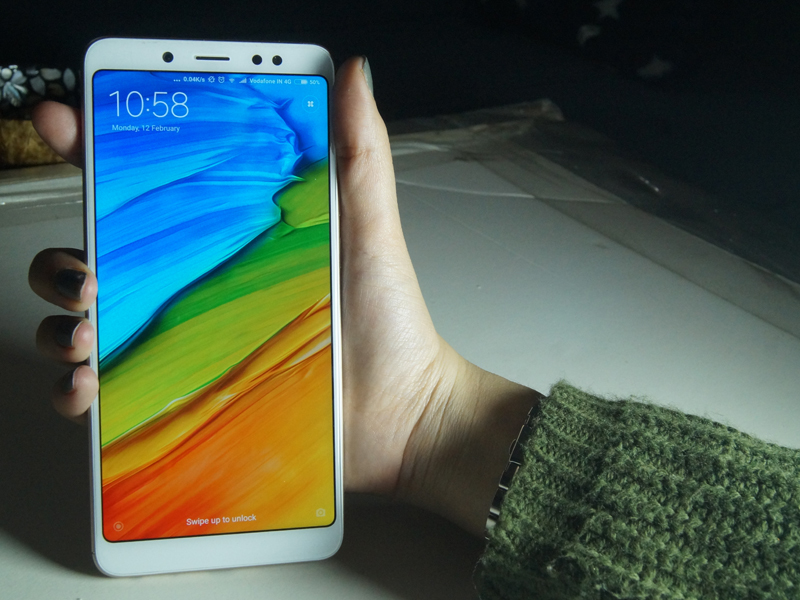
The highly-anticipated Mavic Air finally landed at Fstoppers a few days ago. This tiny quadcopter comes with an impressive set of features but everything is not perfect. Here is short preview of what I like and dislike about this drone.
Pros
Portability and Size
After years of traveling with bulky drones that take all the space in my carry-on bag, the Mavic Air is a pure joy. Small and light, it fits in a single lens slot inside my camera bag.

The Mavic Air is smaller and lighter than most lenses. It's the perfect travel drone.
Three-Axis Gimbal and Stability of the Video
Despite its size, the Mavic Air can handle a great deal of wind. I flew with 16 mph of wind and the video came out great. The overall stability of the drone and gimbal is impressive. I haven’t noticed any “jello” in the video footage (wobble on the video when the rolling shutter enters in resonance with the drone’s vibration) but I had a ND filter on the camera lens. There is very little horizon tilt due to IMU drift, much less than the Mavic Pro. The wider focal probably helps.
Build Quality of the Drone
Everything seems to be well made on the hardware side. The gimbal design is much better than the original Mavic Pro. The camera is less exposed and is well protected by the frame. There is no fragile rubber band attachment here. The gimbal lock mechanism is easier to deal with. Finally, the battery is firmly secured by the locking mechanism (e.g., no Spark or Karma crash because of a loose battery).
Adequate Video Bitrate
The 60 Mbps bitrate was the main issue of the Mavic Pro and DJI addressed the problem on the Mavic Air. The video bitrate now reaches up to 100 Mbps in 4K recording.
Speed and Agility
In sports mode, the indicated GPS speed reached 40 mph (65 kph) as advertised by DJI. This drone is fast and it won’t struggle to fly back home even with strong headwind conditions.
Cons
Poor Range and Radio Signal Quality
DJI didn’t implement the Lightbridge and OcuSync radio link technology on the Mavic Air. Instead, the drone comes with a so called “enhanced” Wi-Fi link. Marketing aside, the range is similar to the DJI Spark which is not so great. On the country side free of any radio interference, a quick range test gave me more than a mile. However, the situation is considerably worst in urban and suburban neighborhoods where you may struggle to reach as little as 1,000 feet. Switching between 5.8 GHz and 2.4 GHz band won’t help much. In any case, remember that the FAA regulation requires to fly the drone within visual line-of-sight. On the side note, lags on the DJI Go application and on the video feed may come from an under-powered smartphone or tablet. Make sure to use a recent device to handle the load.
Short Battery Life
As usual with most drones, the 21 minutes of flight time advertised by DJI is very optimistic to say the least. In real life on planet earth, expect to fly for about 15-16 minutes before reaching 20 percent of battery (normal cruising, no sport mode). You may drain the battery down to critical level for another two minutes or so but don’t expect to fly more than that.
No Log Curve
Unlike what was said in certain early announcements, there is no log curve on the Mavic Air. Instead, DJI offers a Cinelike-D profile that can be customized with the usual picture settings such as sharpness, contrast, and saturation to create a flat mode. Unfortunately, the dynamic range of the sensor is limited and noise appears in the shadow very quickly if you lower the contract too much (even at 100 ISO). As for sharpness, the “plastic lens” is soft on the image corners.
Video Crop
That’s another bad habit among camera manufacturers: the complete omission of the crop factor on the specification sheet. First, you’ll notice a little bit of horizontal crop when switching from still to video mode. But the main crop comes from high frame-rate video formats. Anything above 30 fps will crop significantly both in 2.7K and 1080. Strangely, the 1080 at 120 fps doesn’t crop but the video quality is so bad that I would never use this setting. Finally, the video is not recorded in 120 fps but converted to 30 fps (like the Variable Frame Rate on the GH5).

Image captured in photo mode and converted in 16/9. The photo mode offers the widest field of view.

Frame captured in 4K video. Notice the slight crop compared to the photo mode (image above)

Frame captured in 2.7K video at 60 fps. Everything higher than 30 fps in 2.7K and 1080 resolution will crop like this. Except for the 1080/120fps (but the image quality is very bad).
The Controller
The Mavic Air inherited from the controller of the Spark. The phone grip is still too small for most tablets and the cable attachment on the side is not very practical. Only slim smartphones fit in the grip and you must remove the protective case on your phone. Personally, I installed an extra holder on my controller. Like the Spark, the controller only features a single control wheel on the top to adjust the tilt of the camera. The second wheel to control the shutter speed is missing. Thus, the exposure must be set by taping the screen in the camera settings menu which is not very convenient. However, the controller has two customizable buttons. I assigned one to open the camera settings menu and control the EV and one to lock the exposure.
Preliminary Conclusion
After a few days of use, I must admit that I have mixed feelings about the Mavic Air. The size and portability are incredible. The level of technology packed in this tiny frame is impressive. The video is stable even in windy condition and the footage looks nice as far as I can tell from my basic observations.
On the other side, the poor quality of the Wi-Fi radio link is disappointing, especially for people living in countries were the 2.4 GHz band is disabled, leaving them with 5.8 GHz to deal with radio interferences. I didn’t have time to check the image quality, automatic flight modes, and collision avoidance sensors. I'll take a closer look in the full review. Stay tuned.





No comments:
Post a Comment